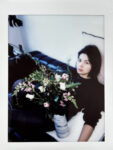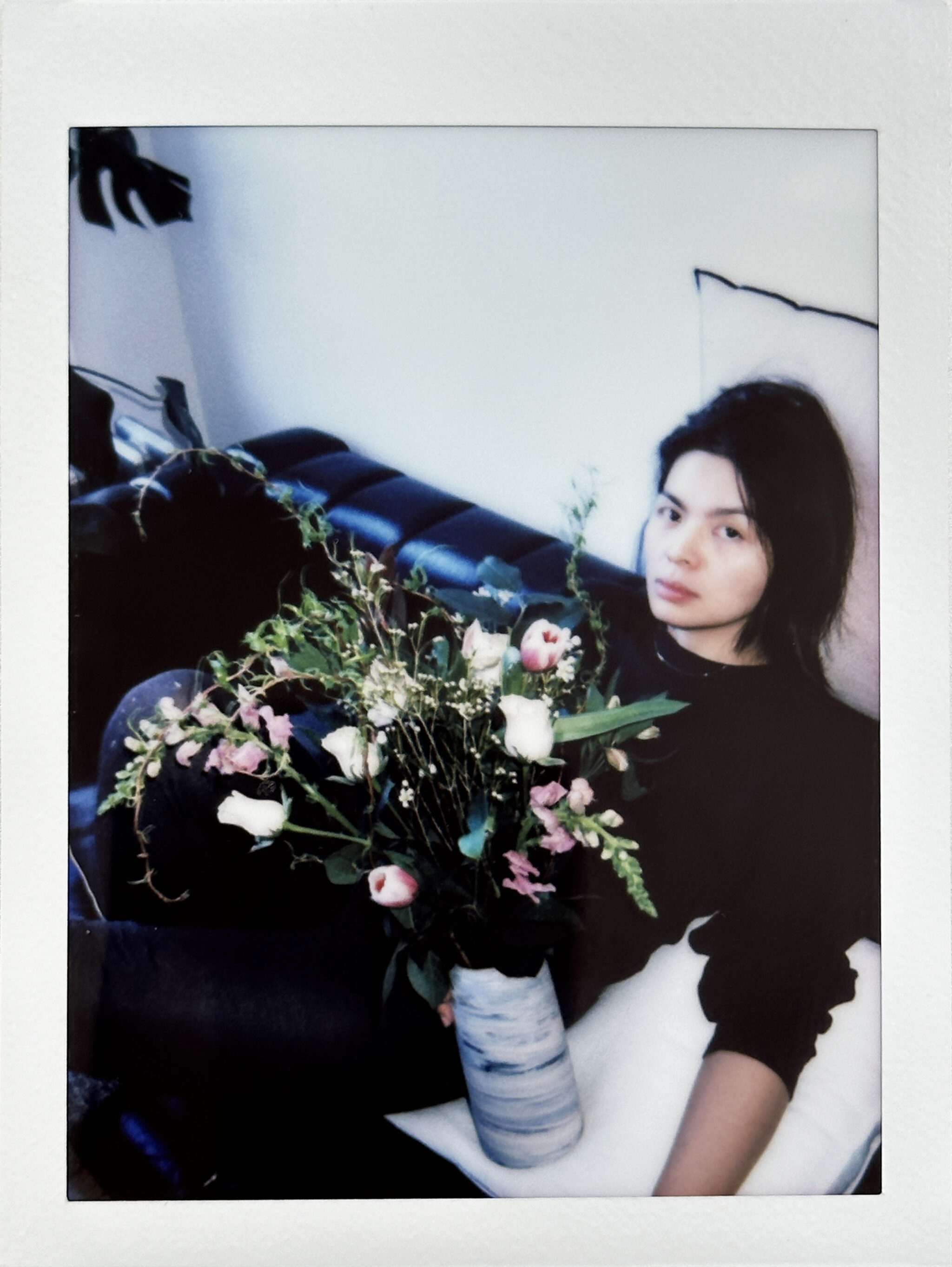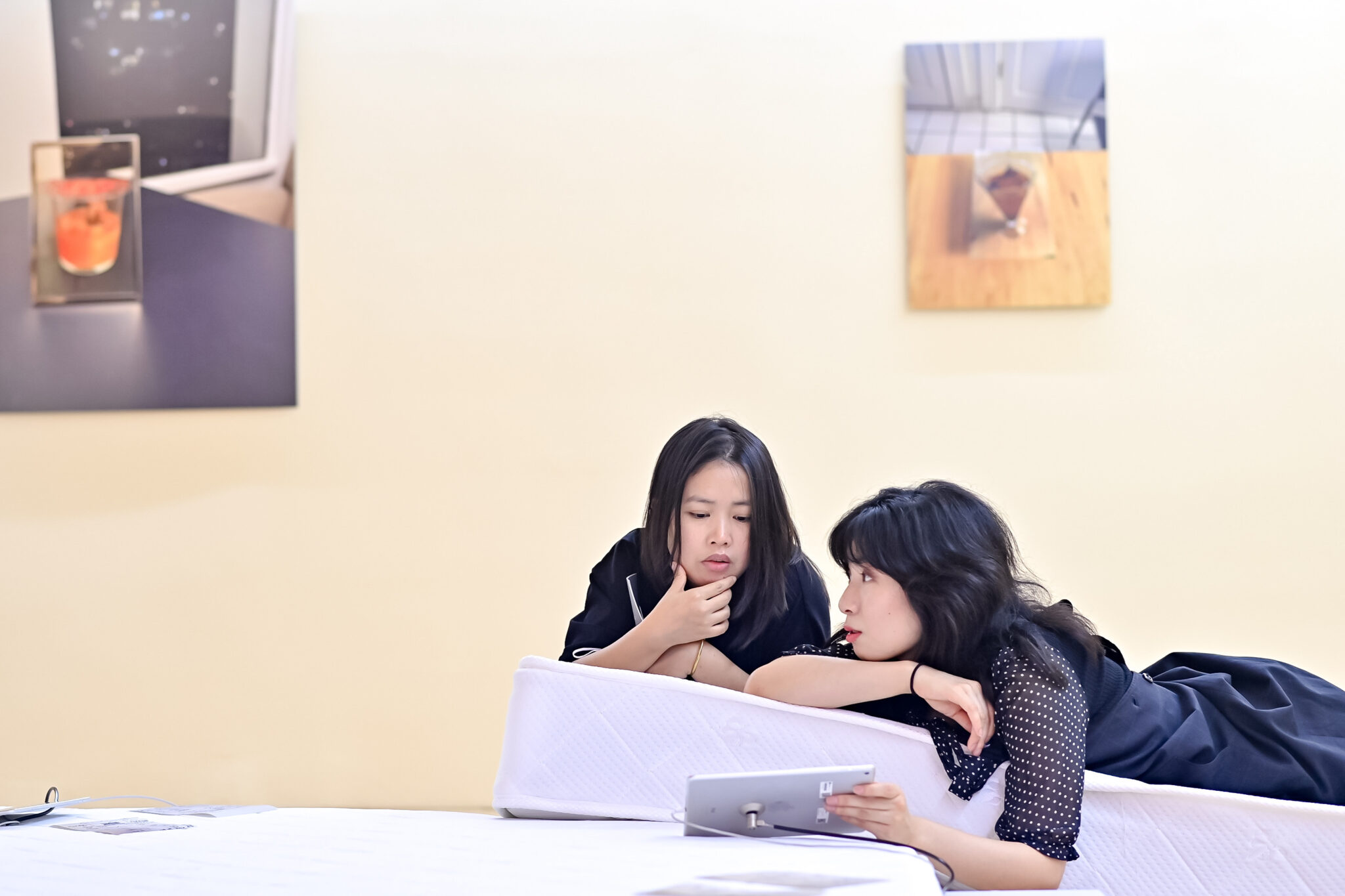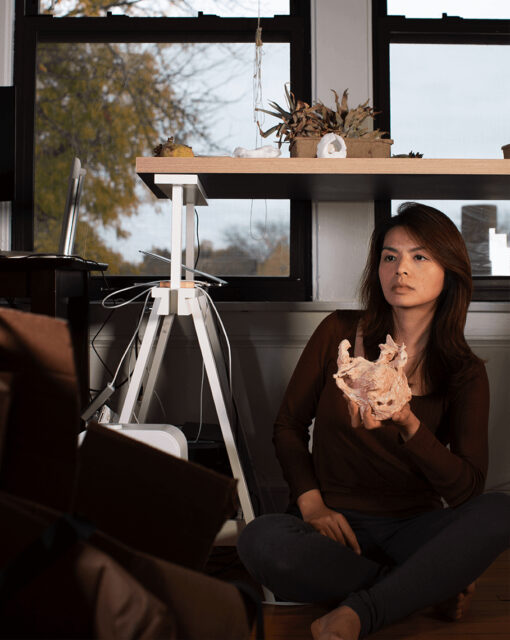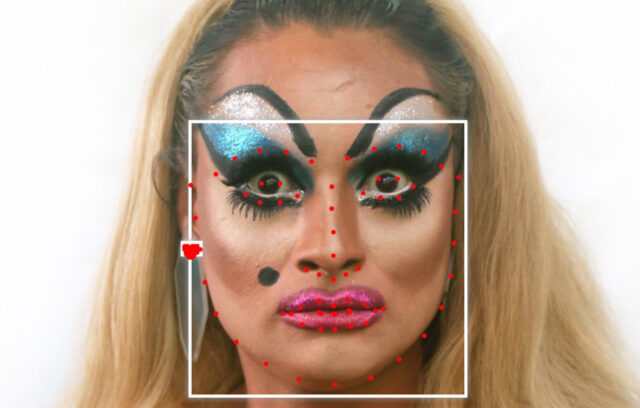How do you characterize the media you work in?
I studied graphic design and some media art, with a focus on photography. Around the time that I headed to the School of the Art Institute of Chicago to pursue a Master’s in art education, I realized that I wanted to work with more participatory art forms, and that my main interest is in daily life. I think very site-specifically based on the community, and every time I show a work it’s as if it’s a new project. Across various iterations it might take new forms or use different materials.
How does your practice engage with technology?
I might be a bit contradictory in that I don’t like technology in general, and I typically steer away from things that are high-tech. When my work takes the form of a website for participants in different regions to access, like halfdream.org or sippingdreams.org, their interfaces are actually fairly low-tech. Apart from avoiding the technological barriers audiences may face, I am not keen on creating a virtual world which looks super sophisticated and aims to keep people online as long as possible. I’m more so interested in technology as a tool that helps people to access real experiences in their own lives and connect with one another.

